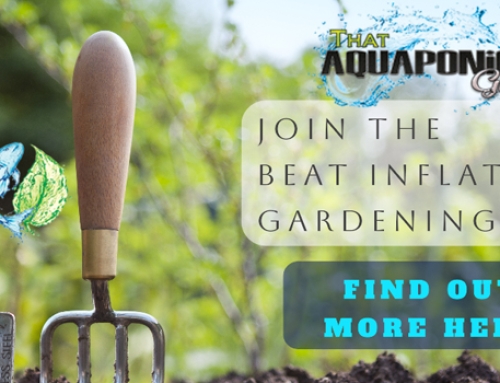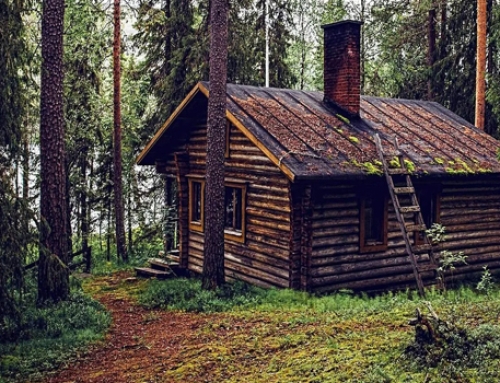Garden Centers across the nation are reporting that business is gangbusters. It seems everyone is into gardening this year. Whether its because they are spending more time at home or they are seeing the genuine need to have things growing around them, the push for ‘the garden’ is in full swing. Some want to teach their children how to garden, others don’t want to be solely reliant on food supplies. And what everyone seems to want to grow is their choice of vegetables.
Consider Building and Growing in Raised Beds
Building raised beds is a perfect solution for people whose yard may be space-challenged, those who don’t have tillable soil, or for those who cannot get down on their knees for long periods of time. The soil tends to be less packed, and easier for roots to take hold. The raised beds tend to have less rot as drainage is better, and it’s easier on your back because you don’t have to bend over as far.
We suggest you build your grow beds with 4×4 posts cut to 2 feet as well as 8 feet long by 5 feet deep cedar decking boards. Use stainless steel nails to prevent rust. You can use any rot-resistant wood such as douglas fir, hemlock, and redwood. It is not suggested that you use pressure to treat wood as the chemicals can leach into the soil. We also suggest a 50/50 mix of topsoil and compost, while still fertilizing before you plant using Plant-tone.
In a raised bed, you can grow vegetables closer together than you normally would. But remember vines, like cucumbers, squash, pole beans, and peas, take up a lot of room so plan to trellis them if you can.






